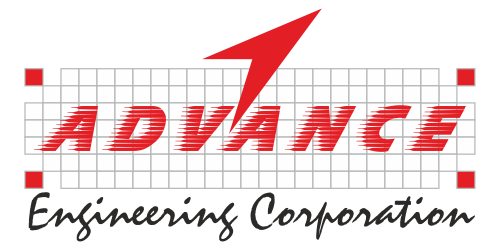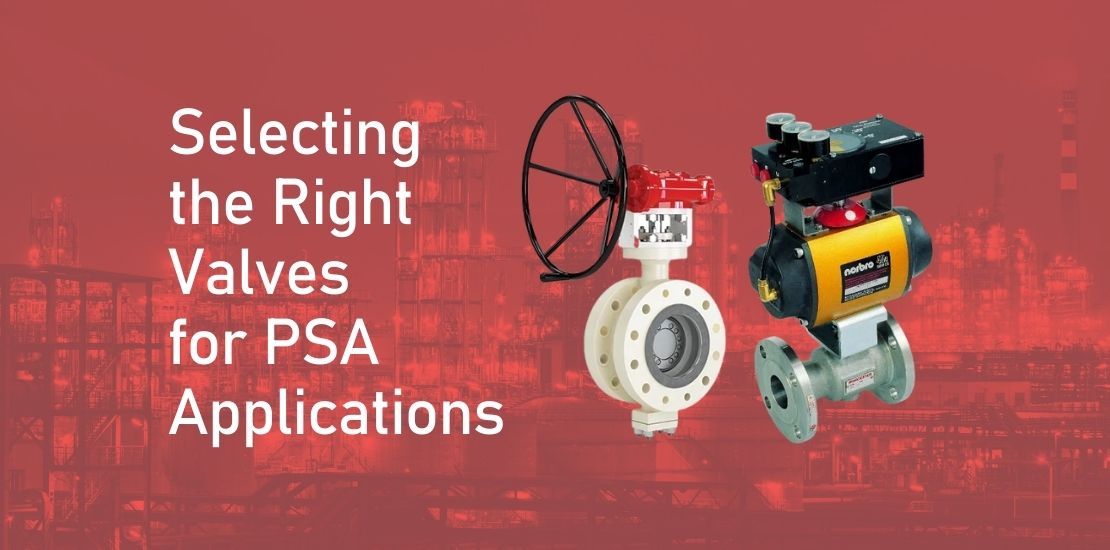Chemical plants, oil refineries and other facilities often use pressure swing adsorption (PSA) to separate and purify a wide range of industrial gases. The PSA process uses "beds" of solid adsorbents to filter impurities from a feed gas. These beds, along with piping, valves and instrumentation, are installed on skids for easier transport and installation.
Isolation valves
Isolation valves are one of the most basic valves found on a PSA skid. Most of the time, isolation valves are shut off and are only used when the skid has to be disconnected for unscheduled maintenance. These valves must be able to maintain reliable and tight shutoff, but only for a short time.
Isolation valves include triple offset butterfly valves and ball valves. These valves are controlled via a lever, handwheel or a simple pneumatic actuator.
When selecting isolation valves, consider shut off and cost. Since these valves are only used periodically, PSA operations often look for more cost-effective valves, as long as they can meet the shut-off requirements.
On/Off application valves
On/off application valves are the workhorses in PSA applications. These valves are responsible for moving pressurized feed gas across the absorbent materteral. Not only are these valves in constant use, but they must also be able to withstand consistent bi-directional flow changes.
Application valves include high-performance butterfly valves and globe valves. These valves are controlled via a pneumatic actuator, solenoid and pneumatic positioner.
When selecting on/off valves, carefully consider reliability, as these valves must be able to withstand constant use and bi-directional flows over a long period. Given their long service life, these valves should also exhibit good wear resistance, as bearing and valve seat wear is typical in these applications.
Control valves
Unlike on/off valves, which constantly open and close, control valves cycle through various “ranges.” For example, these valves may be 30 percent open, then 50 percent open and then 45 percent open but are rarely entirely closed for long periods.
Control valves include high-performance butterfly valves and globe valves. These valves are controlled via a pneumatic actuator and control positioner.
When selecting control valves, consider control accuracy and rangeability. Globe valves are sometimes preferred for higher-end applications because of their superior accuracy, rangeability and options to reduce the impacts of pressure drops. However, depending on the rangeability required, a high-performance butterfly valve may be a better option for the cost.
Balancing cost and performance
As with many applications, PSA operations have several valve options to choose from, so it’s crucial to carefully consider valve requirements, performance, reliability, lifespan, size and cost. Given the range of valves available, PSA operations should find the right balance of performance and cost to fit their needs.
Learn more about Flowserve valves in PSA applications here.


